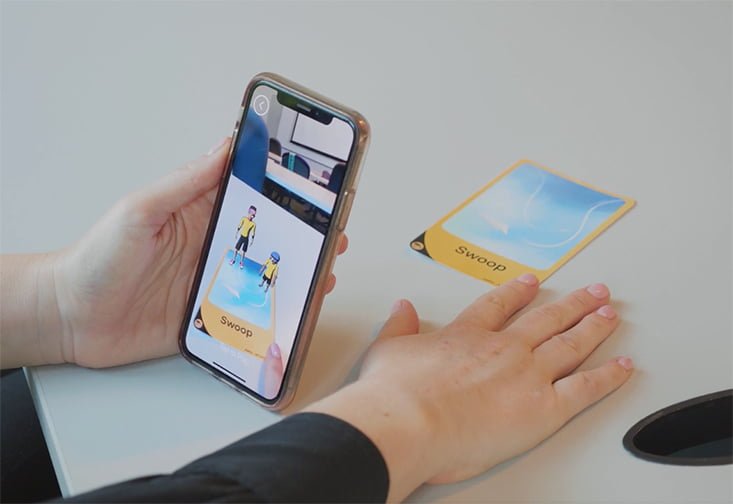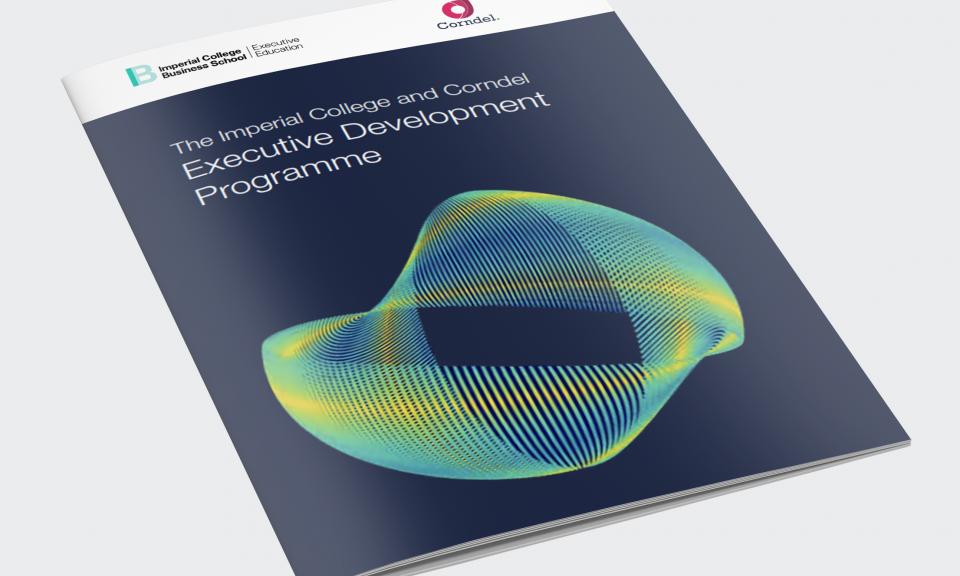
If you’re looking to advance your career or increase your earning potential, going back to school for a master’s degree or professional certification can be an important step. However, the cost of returning to school can be expensive. According to education resource Peterson’s, tuition at a public university totals nearly $30,000. A private university could cost you close to $40,000.
If you don’t have that much money in the bank, and few people do, you’ll likely have to turn to student loans to cover the bill.
How to get student loans for grad school
Depending on the cost of your program, you could rely on federal student loans, private loans, or a combination of both. Here’s how to get student loans to fund your master’s or professional degree program.
Federal student loan options
When choosing how to finance your education, federal student loans should be the first place you look. Federal loans tend to have lower interest rates, more generous repayment terms, and more perks than private student loans. These perks can make student loan repayment easier on your budget.
For example, federal loans are eligible for repayment plans that are based on your income, which can reduce your monthly payment. Also, you might be able to get some or all of your student loans forgiven if you work in certain fields.
To apply for federal loans, you must first complete the Free Application for Federal Student Aid (FAFSA). As a returning student, you might qualify for the following federal loans:
Direct Unsubsidized Loans
As a graduate or professional student, you can take out a Direct Unsubsidized Loan with an interest rate of 6.00%. There’s a limit on how much you can borrow; graduate students can take out $20,500 to pay for their programs.
To qualify for the loan, you must enroll in school at least half time. There’s also a fee of 1.066% that’s deducted from each loan disbursement, adding to the cost of your loan.
Direct PLUS Loans
If you’re a graduate or professional student and enroll in school at least half time, you could qualify for a Direct PLUS Loan. Direct PLUS Loans have an interest rate of 7.00%. In addition, there’s a loan fee of 4.264% which the government deducts from each loan disbursement, adding to your education costs.
Although Direct Unsubsidized Loans have a limit on how much you can borrow, PLUS Loans work differently. The maximum amount you can borrow in PLUS Loans is your cost of attendance minus any other financial aid you received.
Unlike other federal student loan options, the government will check your credit when they review your PLUS Loan application. If you have an adverse credit history, you might not be able to receive a loan on your own. Instead, you’ll have to have an endorser apply with you or pursue other funding options.
Private student loans
In some cases, federal loans alone won’t be enough to cover the cost of your education. Private student loans can help fill the gap and allow you to complete your education.
Unlike federal student loans, which are issued by the government, private student loans are issued by private banks and financial institutions. The lender will look at your credit history and income to decide whether or not to give you a loan. Each bank has their own eligibility criteria, so you have to apply to each individual lender to see if you qualify. If you don’t qualify on your own, you might be able to take out a loan by applying for one with a cosigner’s help.
When it comes to graduate school, private student loans offer some unique benefits. Depending on your program and area of study, you could qualify for student loans that cover cost-of-living expenses or even relocation. With Discover Student Loans, for example, you can take out a loan to cover the cost of medical residency and relocation or cost-of-living expenses while you prepare for the bar exam.
Some lenders also allow graduate students to defer payments while they establish their careers. For example, Citizens Bank offers medical and dental students a four-year residency deferment.
Keep in mind that private student loans usually have higher interest rates than federal ones. However, many lenders offer both fixed- and variable-rate options. If you’re determined to pay off your debt as quickly as possible, you can opt for a variable-rate loan to take advantage of lower interest rates.
Private loans are ineligible for federal repayment programs, such as income-driven repayment plans or loan forgiveness. However, they can be a useful tool to finance your education when you’ve run out of federal funding.
Financing your education
Going back to school can help you earn more money over the course of your career. If you’re trying to figure out how to get student loans to finance your education, it’s a good idea to consider both your federal and private options.
To reduce the amount of money you need to borrow and save money, check out some scholarships and grants for adults returning to college.
[“source=hindustantimes”]














